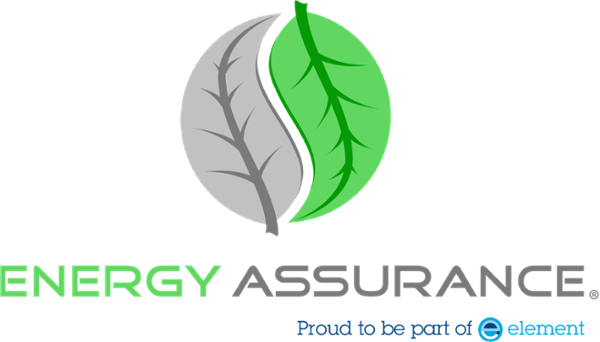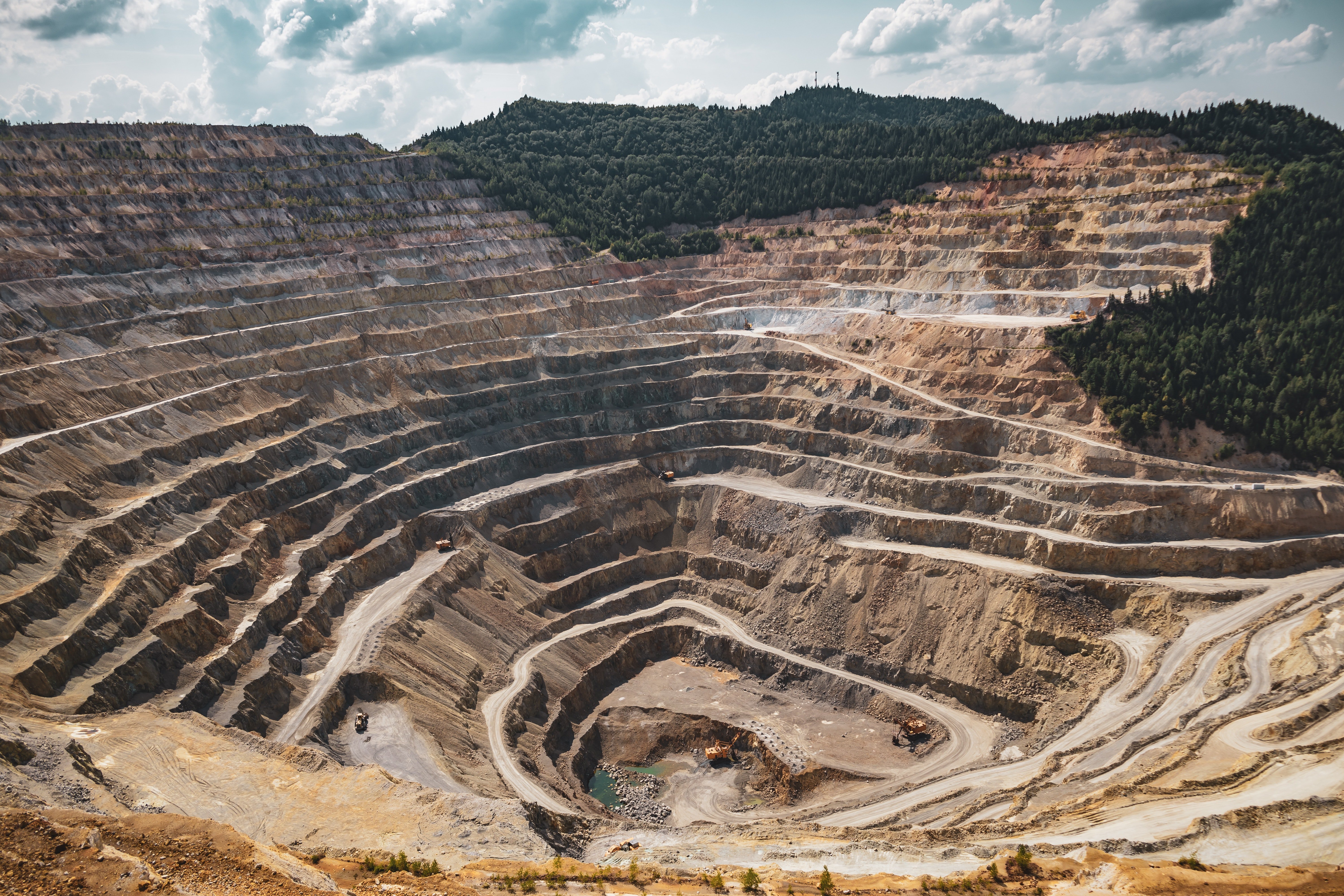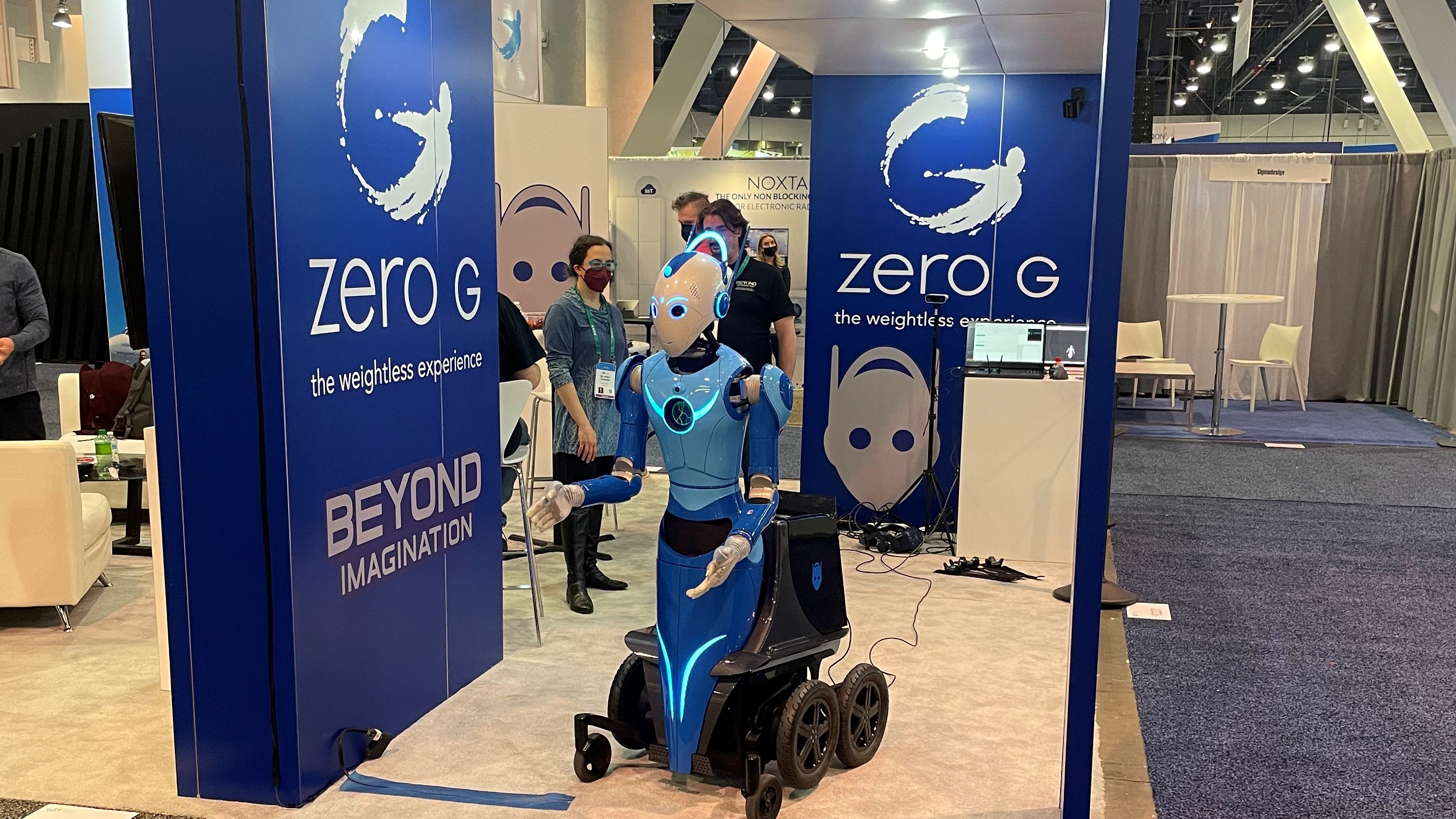
Polaris Labs Perspective
[Originally published November 20, 2020]
Although the global impact of COVID-19 has been significant in magnitude, impactful to global economies, and devastating to many individuals personally, its effect on the battery industry has been much less catastrophic. Clearly, industries like the airlines, cruise ships, and restaurants have been devastated, but because of the importance of batteries, the impact is significantly less severe. There are however some important trends that are influencing the battery industry that are worth noting and are summarized briefly below.
Overall Demand for Batteries and Advanced Performing Cells
Although there is clearly a slowdown in vehicle sales and other consumer products that will have a short-term impact on cell and battery pack deliveries, the overall demand and need for advanced rechargeable batteries continues to accelerate. For automotive, plans to develop new EV cars, batteries, and cells remain strong and quite important to the industry’s success. As a result, activities associated with next-generation cell advances do not appear to be waning. With that said, there are some developmental delays due to reduced on-site staffing at tier 1 OEMs. These factors will essentially push out overall growth by 1-2 years but the focus on advanced systems, additional cell energy, and creating partnerships and alliances for the future remains strong.
In China, EV subsidies remain in place, although at reduced levels, to spur on the growth of this industry with a more significant impact for tier 2 companies. As for new material developments such as higher energy cells, higher power cells, and lighter weight products, all are advancing rapidly with little delay. This includes high loading anodes, silicon anodes, high voltage cathodes, solid-state batteries, and lower cost non-lithium-based technologies.
Material Development
There is significant funding available to battery startup companies that is much larger than in the past as a result of the importance of improved batteries as well as the specialization of chemistries for each specific product application. Advances in both gravimetric and volumetric energy density are the overriding goals for most technical activities, however solid-state (safe) technologies are gaining a lot of attention. Check out our most recent white paper, “SSE Li-ion Batteries Trends and Challenges” for a recent review of the current landscape of SSE batteries. Likewise, the focus on developing a commercial rechargeable lithium metal cell remains the “holy grail” of next-generation rechargeable batteries with significant obstacles to be overcome before commercialization. These activities do not appear to be impacted significantly as a result of the COVID-19 crisis.
Automotive and Grid Storage
With the push for safer, longer life and lower cost cells, many non-lithium technologies are gaining attention and focus. For automotive products, the development cycles are quite long due to extensive testing and approval requirements, while grid storage batteries are hindered by slow market adoption and demand. Neither of these areas is really impacted much by COVID-19 however.
Consumer Products
Consumer products appear to be less impacted by COVID-19 and more by deeper and more fundamental issues in the battery supply chain. Due to the immense global focus on automotive products, many of the cell suppliers have been less interested in consumer products over the past couple of years. It appears to be more difficult for consumer product OEMs to get leading-edge cells and assurance of supply is more difficult to secure than in the recent past. But again, this is less a function of the Virus than that of economic factors.
All things considered, the battery industry remains strong, and although it will experience some reduced demand short term it is so critical to the success of most portable, storage, and automotive products that it will continue to advance and grow even under these extreme and stressful conditions.





